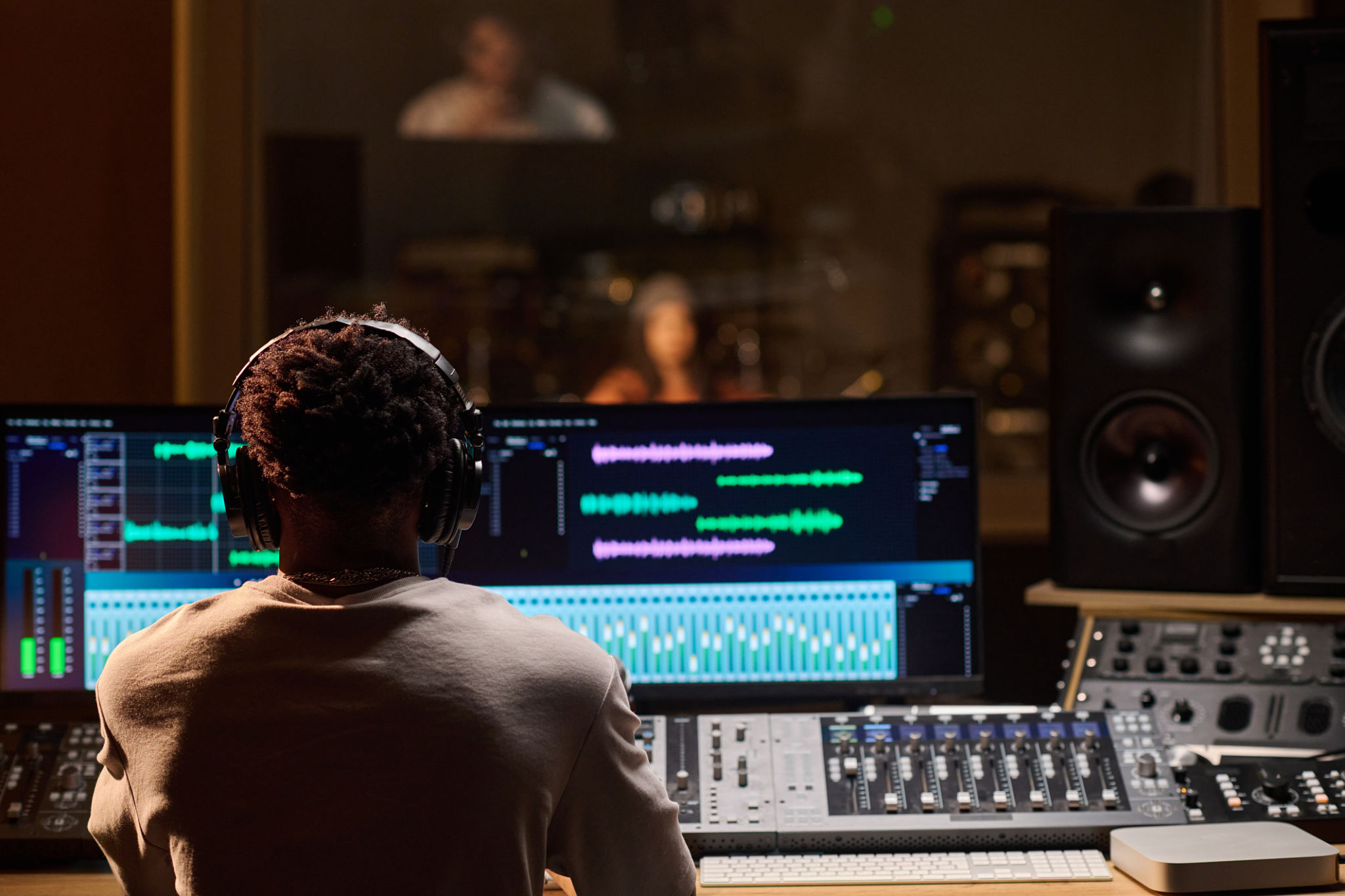Podcasting Equipment Essentials: What You Need to Get Started
Introduction to Podcasting Equipment
Starting a podcast can be an exciting venture, allowing you to share your voice and ideas with the world. However, understanding what equipment you need can seem daunting. Fear not! This guide will walk you through the essential podcasting equipment you need to get started.

The Heart of Your Podcast: The Microphone
The most crucial piece of equipment in your podcasting arsenal is the microphone. A quality microphone will ensure that your voice is clear and professional. There are two main types of microphones to consider:
- Dynamic Microphones: These are versatile and durable, great for recording in less-than-perfect environments as they are less sensitive to background noise.
- Condenser Microphones: Known for their sensitivity and audio quality, these are ideal for controlled environments like a home studio.
Recording and Editing Software
Once you have a microphone, the next step is to choose the right software to record and edit your podcast. Popular options include:
- Audacity: Free and open-source, perfect for beginners.
- GarageBand: A user-friendly option for Mac users.
- Adobe Audition: A professional-grade software with advanced features.

Consider a Pop Filter
A pop filter is an often overlooked but crucial accessory that helps reduce unwanted "popping" sounds caused by the mechanical impact of fast-moving air from your mouth hitting the microphone. It’s a small investment that can significantly improve your audio quality.
Headphones for Monitoring
Quality headphones are essential for monitoring your recordings and editing. They allow you to catch any audio issues early on and ensure your podcast sounds great. Look for headphones that offer good sound isolation to avoid playback bleeding into your microphone.

A Reliable Audio Interface
An audio interface is necessary if you're using an XLR microphone. It converts the analog signal from your microphone into digital signals that your computer can process. Ensure you pick one that supports the number of microphones you plan to use simultaneously.
Setting Up Your Recording Space
While not technically equipment, having a conducive recording space is vital. Choose a quiet room, and consider adding some soundproofing like foam panels or blankets to minimize echo and background noise. This will help in achieving a clean sound without distractions.
Conclusion
Getting started with podcasting doesn't have to be complicated or expensive. By investing in the right equipment and setting up a proper recording space, you'll be well on your way to producing high-quality podcasts that engage and entertain your audience. Remember, the key is to start with the essentials and upgrade as necessary as you grow more comfortable with the process.